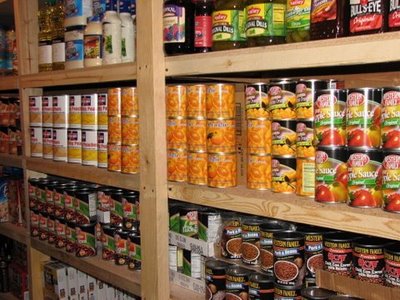Inventory shrinkage is a costly issue for warehouses, but Scannabar offers a cutting-edge solution that helps businesses maintain accurate stock levels and minimize losses.
The Hidden Costs of Inventory Shrinkage
Inventory shrinkage, which includes losses due to theft, damage, misplacement, and administrative errors, can significantly impact a warehouse's bottom line. Often, these losses are not immediately apparent but accumulate over time, eroding profits and affecting operational efficiency.
The financial impact extends beyond just the cost of the lost items. It includes the cost of labor to manage discrepancies, the potential loss of customer trust due to stockouts, and the administrative burden of reconciling inventory records. Addressing shrinkage is crucial for maintaining healthy profit margins and operational integrity.
Why Real-Time Inventory Tracking Matters
In a fast-paced warehouse environment, having real-time visibility into inventory levels is essential. It allows businesses to respond quickly to low stock levels, adjust orders, and avoid overstocking or stockouts. Real-time tracking helps maintain a balance between supply and demand, ensuring that the right products are available when needed.
Moreover, real-time data enables better decision-making. Managers can analyze trends, forecast demand more accurately, and optimize storage space. This proactive approach reduces inefficiencies and enhances overall productivity.
How Scannabar Enhances Stock Accuracy
Scannabar leverages advanced barcoding and scanning technology to ensure precise inventory tracking. Each item in the warehouse is tagged with a unique barcode, which is scanned upon arrival, movement, and dispatch. This process minimizes human errors and provides an accurate, up-to-date record of stock levels.
Additionally, Scannabar integrates seamlessly with existing warehouse management systems, allowing for real-time updates and synchronization across all platforms. This integration ensures that inventory data is consistent and reliable, facilitating efficient stock management and reducing discrepancies.
Minimizing Theft with Scannabar's Advanced Features
Theft, both internal and external, is a significant contributor to inventory shrinkage. Scannabar addresses this issue with robust security features. The app tracks every movement of inventory, from receiving to shipping, creating a detailed audit trail. This transparency acts as a deterrent to potential thieves and helps identify and address suspicious activities promptly.
Furthermore, Scannabar's user access controls ensure that only authorized personnel can access certain areas of the inventory system. This layered security approach reduces the risk of unauthorized access and potential theft.
Case Studies: Success Stories with Scannabar
Many businesses have successfully implemented Scannabar to combat inventory shrinkage. For example, a leading consumer goods warehouse reported a 30% reduction in shrinkage within the first six months of using Scannabar. The real-time tracking and detailed audit trails helped identify problem areas and streamline inventory management processes.
Another case involved a mid-sized distribution center that faced frequent stock discrepancies. After adopting Scannabar, they experienced improved stock accuracy and reduced labor costs associated with manual inventory checks. These success stories highlight the tangible benefits of using Scannabar for inventory management.



